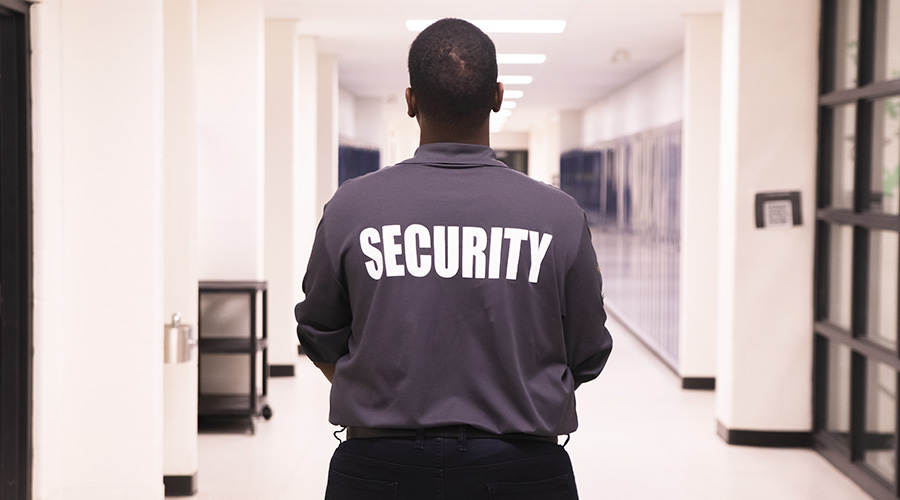Policies, Training Are Keys to Keeping Campus Safe
Along with technology, appropriate policies and adequate training are keys to keeping a campus safe. These include everything from guidelines outlining just who is able to stay overnight in the dormitories, to access control policies for the buildings on campus. Policies should be tailored to the facility: a research lab with millions of dollars worth of equipment probably will require a tighter access policy than an administrative building.
Training helps ensure that the technology and policies are effectively deployed. "You can have the best program and technology, but if people don't know how to use them, they may not react the way you want," Evenson says. He adds that he is a big fan of drills and role playing as ways to test whether the plans will work as intended.
Lang and his colleagues have trained several hundred "immediate responders" at Kennesaw State. These are members of the staff and faculty who've been instructed in, among other subjects, crisis management, CPR and the use of automatic external defibrillators. They know, for instance, whether a particular emergency warrants evacuation or requires individuals to stay put. The immediate responders work in all departments and every building on campus.
Having trained individuals is key, given the importance of quick, appropriate action. "The first few minutes are critical, because if you make a mistake, it can affect the entire outcome," Evenson says. Those in charge need to understand the response that's required — before they start using technology or deploying protocol, even though this runs counter to the inclination to act first and think later, he says.
It's useful to involve everyone on campus in the education efforts, although the level of instruction will vary. A range of departments, including operations, facilities, IT, and environmental health and safety often will participate in much of the training. Students and staff need to be involved as well, so they understand what sort of communication is likely in an emergency, and the steps they'll need to take once they receive a notification. "You don't want them to freeze because they don't know what to do," Evenson says.
Students also should be warned of the risks of trying to play the hero by, for instance, brandishing their own weapon in an attempt to defuse a situation, Ahrens says. Few students have training in responding to dangerous individuals, and may actually create additional concerns. For instance, they may be seen as a threat by a first responder, and lead to an escalation in the response that otherwise wouldn't be necessary. "Police won't typically know the aggressor's attributes," Ahrens says. That makes it difficult for them to rule out anyone as a potential suspect.
Karen Kroll, a contributing editor for Building Operating Management, is a freelance writer who has written extensively about real estate and facility issues.
Related Topics:














